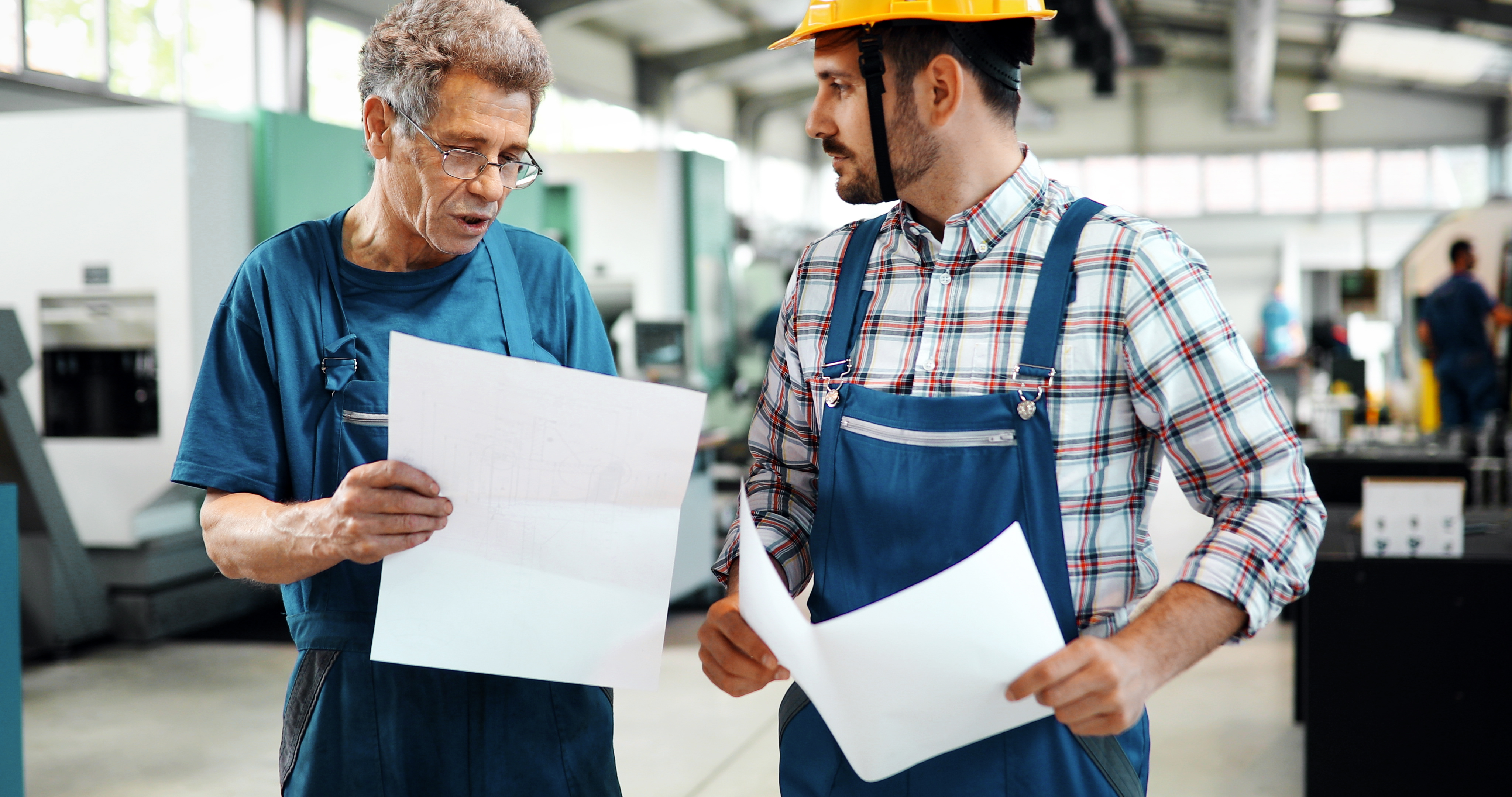Machine learning is a field of artificial intelligence that uses statistical techniques to give computer systems the ability to learn from data. These techniques don’t have to be explicitly programmed.
Machine learning involves exposing a machine to more data so that over time, machines become capable of understanding and providing insights. A few key ways machine learning and AI can help make the construction industry more efficient are:
- Combating unforeseen circumstance
- Addressing resource shortage
Combating Unforeseen Circumstance
Machine learning in construction can aid in prep work and excavation to prepare a job site. This does not replace humans on the job site. However, it allows them to have more time to focus on other aspects of the site work.
Project managers can also track in real-time job site work completed. Some types of projects even use facial recognition algorithms, like the ones used by Facebook to identify faces for photo tagging.
Machine learning and AI will affect stakeholders across the project lifecycle, including:
- Contractors
- Operators
- Owners
- Service Providers
Unfortunately, the positive impacts of machine learning are not always felt by key stakeholders. This is partially due to the value being more difficult to directly correlate than in other industries. For example, manufacturing and transportation, have more extensively utilized AI and therefore feel the benefits more acutely. They’re utilizing technology in a way that allows them to operate an ecosystem.
Although the progress for incorporating these tools in the construction industry has been slow. These are likely to play into effect in construction in the future.
Addressing Resource Shortage
The two key areas machine learning can help the industry grow are labor shortages and increasing the industry’s productivity. These are two of the biggest problems that construction firms are willing to invest in AI and data science to help solve. A construction firm could boost productivity by as much as 50% through real-time analysis of data.
Critically speaking, AI and machine learning can be used to better align distribution of labor and machinery across jobs, such as implementing a tool that evaluates job progress and the location of workers. In addition, equipment to complete the project on schedule, and which might be falling behind schedule where additional resources may be needed.
Route optimization is another way construction companies can think about project planning optimization. Available technology offers these companies a way to optimize routes and improve traffic navigation.
Could Machine Learning Be Leveraged with Dump Trucks?
It already is. Machine learning is making its way into this arena in a variety of ways. As more and more information becomes available there will be new ways to leverage machine learning to improve dump truck safety and efficiency. Trux leverages machine learning to help build the bridge connecting various parts of the industry. Machine learning helps us determine the quality of jobs on our platform so that contractors, material producers, and haulers all benefit.

